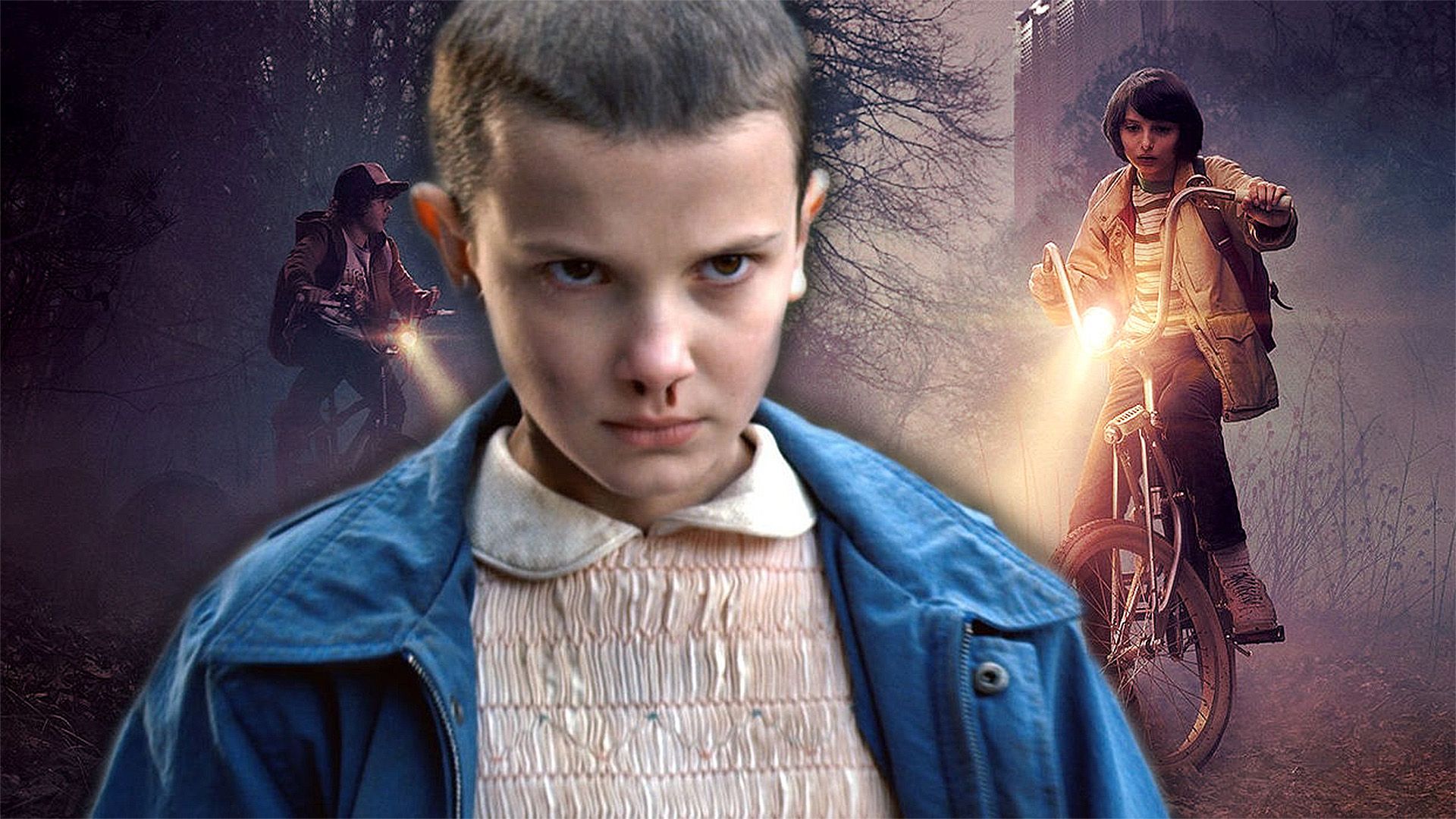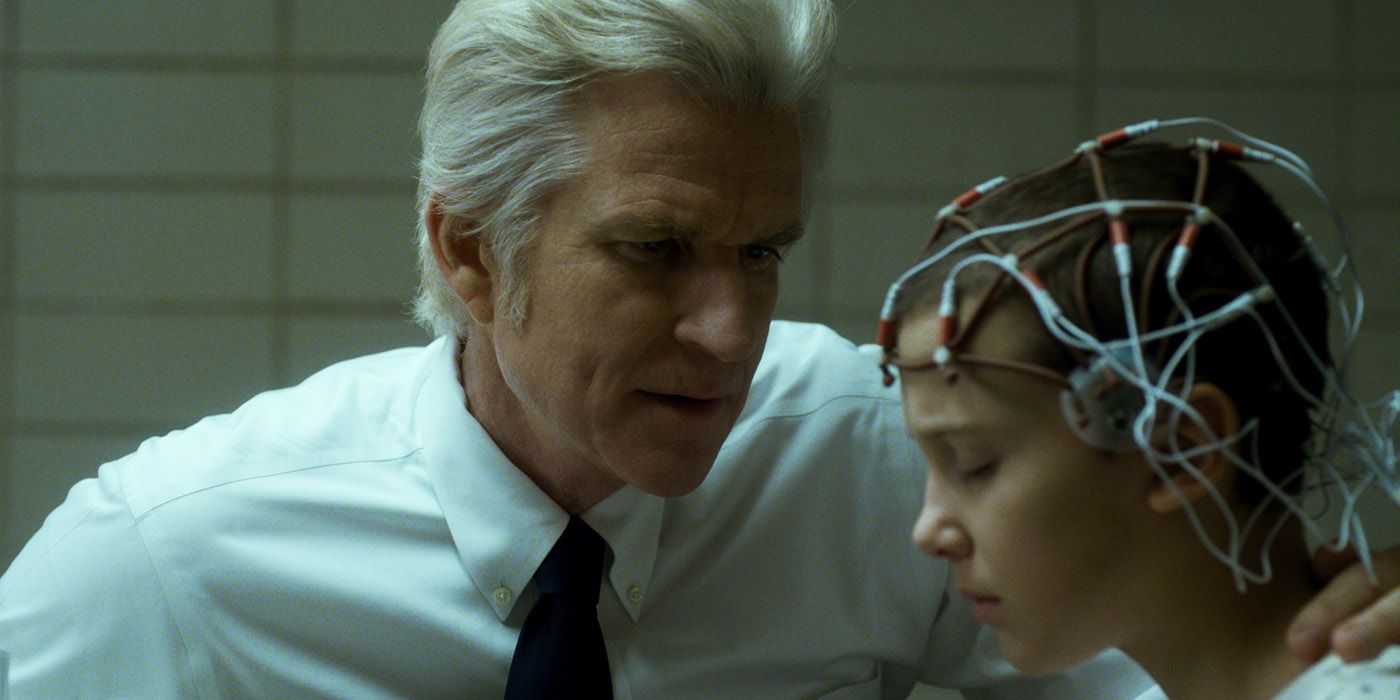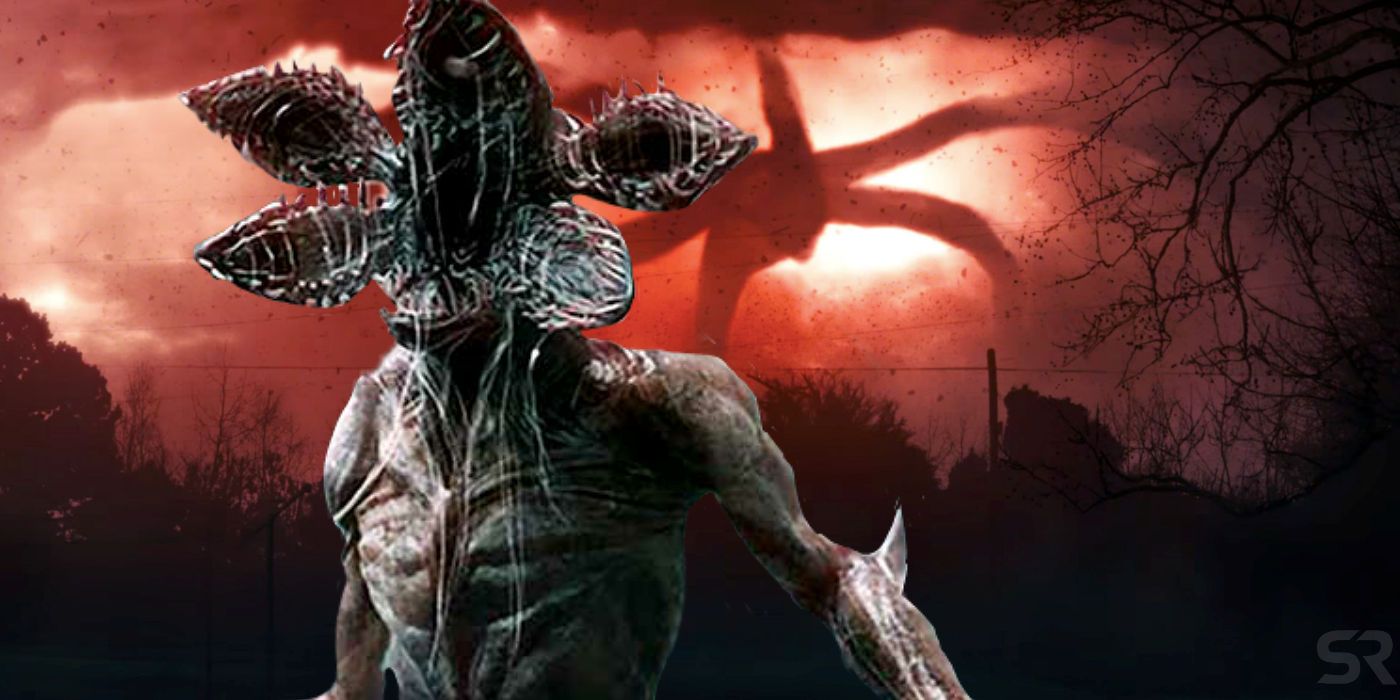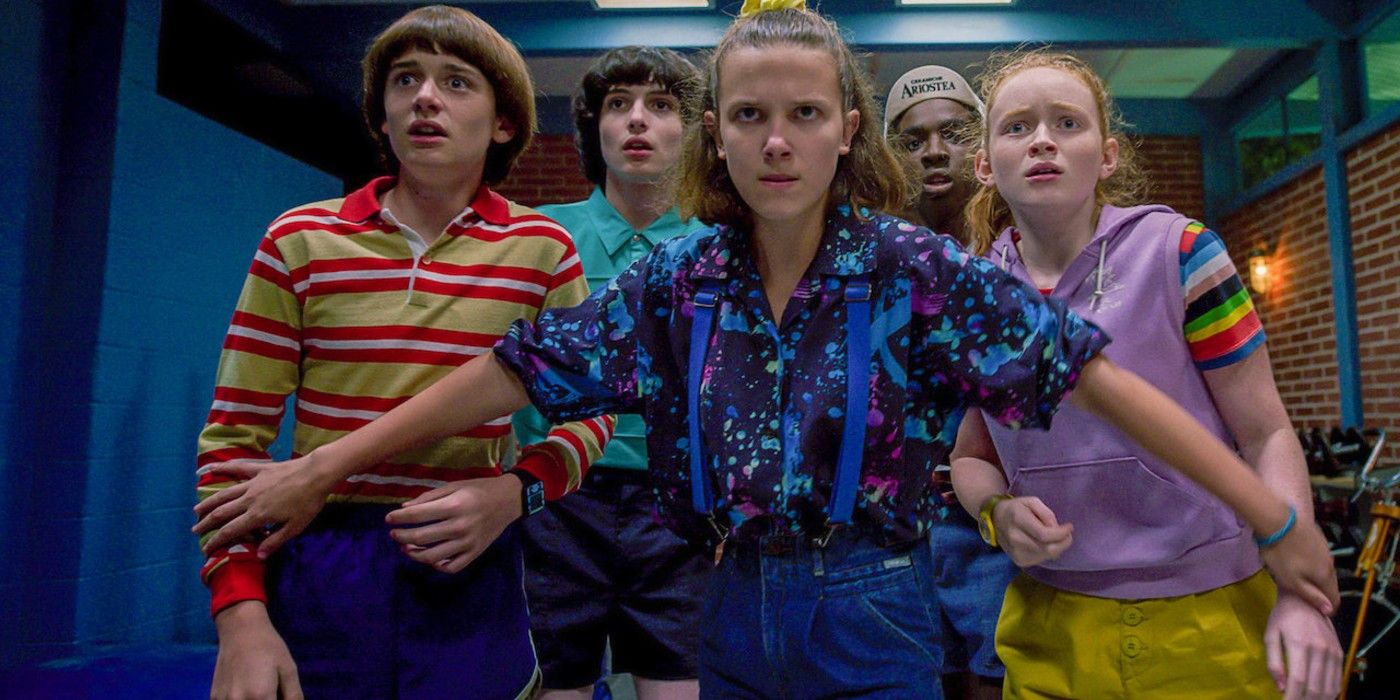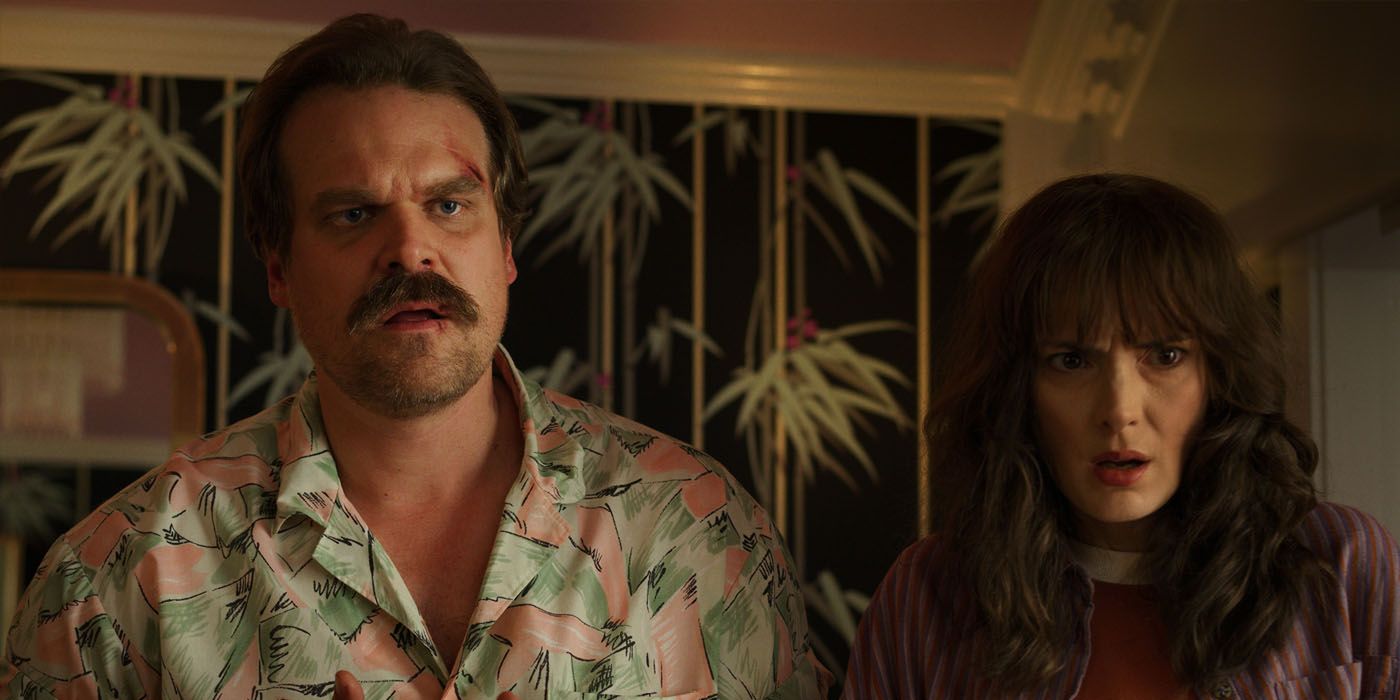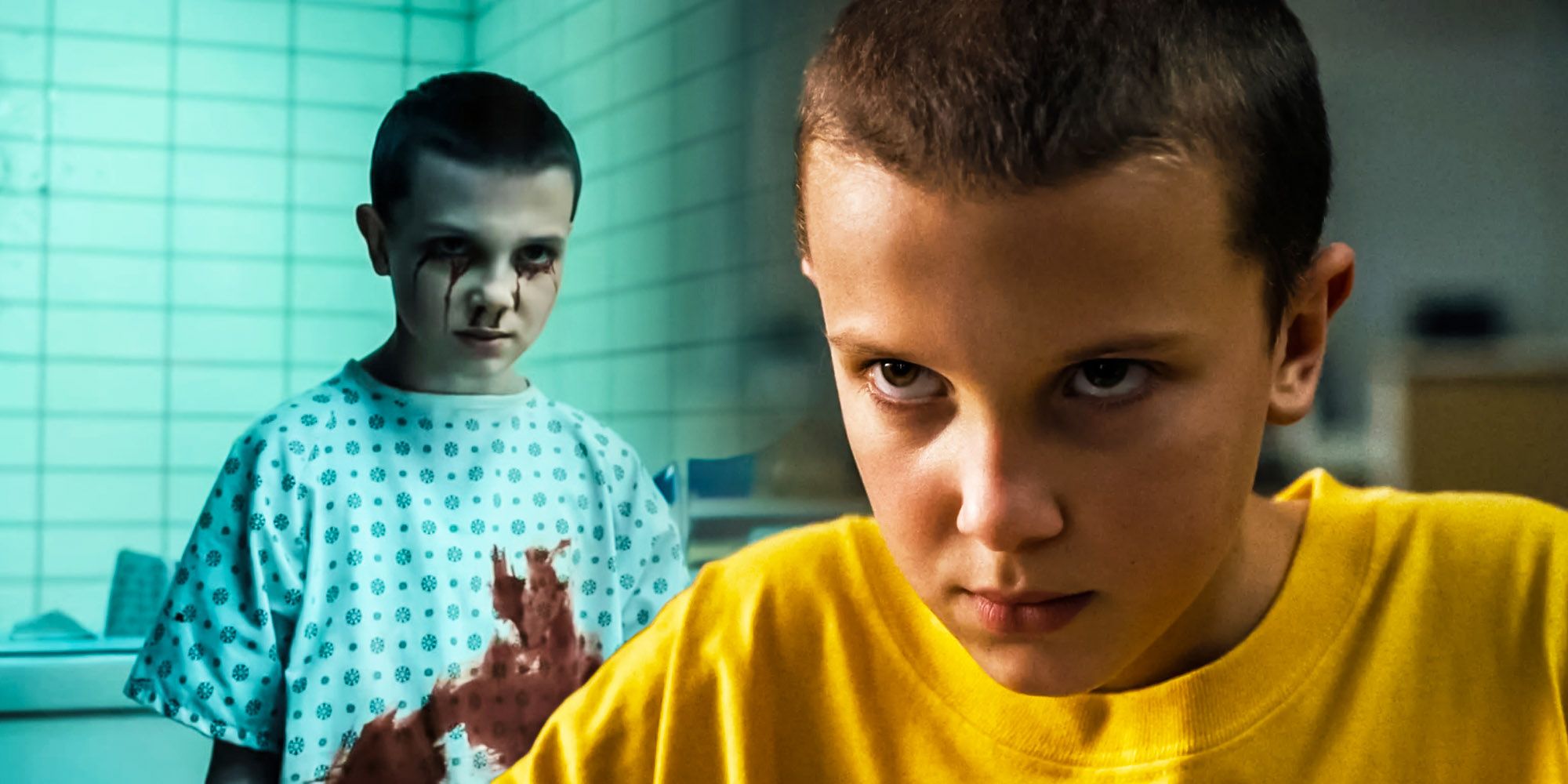Stranger Things could have turned out surprisingly different compared to the finished project had the Duffer Brothers gone with their original plans. The sci-fi horror series was created by Matt and Ross Duffer and wound up finding the perfect home on Netflix. Not only did the creators have a different vision of the series in the beginning, but existing networks almost forced questionable changes. Now that Stranger Things season 4 has come and gone, it's a great time to look back at the original plan for the series, and how it changed.
Stranger Things first debuted in the summer of 2016 and followed a fictional Indiana town in 1983 when a girl with telekinetic abilities appeared around the same time a young boy went missing. That, along with other unexplained events, forced the boy's friends to lead the investigation alongside his mother and the local police chief. There wasn't much buzz surrounding Stranger Things ahead of its debut, but it turned into an overnight sensation. The series was considered the sleeper hit of 2016 and continued to carry that attention into the next season and beyond.
Years later, Stranger Things remains as one of the most popular programs across cable networks and digital streaming. Season 4 passed a huge milestone for Netflix, with the series marking 301.28 million hours viewed on part 2's opening weekend. As the story continues to evolve, viewers become more and more impatient as they are forced to wait for years between new installments, like the long break between seasons 3 and 4. In reality, the anticipation between seasons shows that Stranger Things went through many necessary changes in the early stages of its development to make it the show it became.
Stranger Things' Planned Title Was "Montauk"
Before the sci-fi series took on the name Stranger Things, it was originally sold as Montauk. Rather than its current setting – the small town of Hawkins, Indiana – the series would have been set in Montauk, New York and the surrounding area of Long Island. Those familiar with New York might be aware that Montauk is indeed a real location, unlike the fictional town of Hawkins. The New York town was also connected to the setting of Jaws, and it was very clear that Steven Spielberg was an influence on the Duffer Brothers. In fact, Montauk was at the center of numerous conspiracy theories involving mysterious government experiments known as the "Montauk Project."
The Montauk Project was a theory that centered on secretive government experiments that took place in the 1980s at various locations within Montauk. The experiments were thought to surround time travel, mind control, and contact with unexplained species – it's clear how the basis of the Montauk Project directly inspired the plot of Stranger Things. When the Duffer Brothers decided to move the story to a fictional location, a change in the title was a must. Thus, Stranger Things was born.
Stranger Things Was Almost An Anthology Series
When the concept of Stranger Things was first pitched, the series was presented as an anthology series, like American Horror Story, the different themes of which completely transform each season. It's difficult to envision a Stranger Things story completely dropping the previous season's events, but the Duffer Brothers intended for Eleven's tale to be concluded within one installment. The creators took inspiration from Stephen King's It when it came to the show's development, since they toyed with the idea of a major time jump involving a brand-new story. It also makes sense that an anthology format would have been considered, since the popularity surrounding shows like American Horror Story, True Detective, and Fargo were established before Stranger Things came to fruition.
Thankfully, Netflix sidestepped the idea of an anthology and put their faith in a full-blown series with a continued focus on the characters introduced in Stranger Things season 1. The streaming service predicted that viewers would fall in love with the cast, especially the young characters, and that was absolutely true. Stranger Things continued expanding its original story and allowed viewers to follow the journey, all the while creating one of the most popular shows in recent years.
Each Season Of Stranger Things Could Have Been Set In A New Decade
With the proposal citing Stranger Things as an anthology series, there was also a notion that the intended time jump would have pushed season 2 to the 1990s. The show is initially set in 1983 and there was an early belief that, if the series took the anthology route, the story would jump to the early 1990s, rather than remain in the 1980s. If that were the case, the show would have had the opportunity to use older versions of the characters. This idea also didn't interest Netflix in the early stages of the development for the same reason they chose not to move forward with an anthology — they thought viewers would be too invested in the Stranger Things cast from season 1.
The idea of having each season of Stranger Things jump to a new decade is certainly interesting. It's possible that the Duffer Brothers would have kept jumping forward until the series matched with a present-day storyline in the early 2020s before concluding sometime around season 5. Of course, Stranger Things didn't take that path, but there's still the opportunity for a large significant jump that brings the narrative to the modern-day before the show comes to an end.
There Were Talks For Stranger Things To Focus On Adult Characters
Before Netflix picked up Stranger Things, the Duffer Brothers were rejected by numerous networks when they pitched their new project. Many network executives had the same advice, stating that the series should be made into a children's show or the young characters should be dropped from the focus with someone like Jim Hopper in the lead. An adult's investigation of the paranormal happenings around town was more interesting in the eyes of those networks, but the Duffer Brothers resisted those requests. When Netflix came on board, they viewed the children as one of the most appealing aspects of the series.
One more element that came up during the original planning of Stranger Things was killing off Eleven in season 1. This came up when the show was still being developed as a limited series, so there was an option for Eleven to sacrifice herself and save the entire town, including her new friends, before the season closed out, serving as the end of that story. Of course, the Duffer Brothers quickly moved away from that idea and allowed Millie Bobby Brown's Eleven to grow into the face of the series. It will always be unclear if Stranger Things would be a pop culture phenomenon had it gone in some of the originally discussed directions. For now, Netflix, the Duffer Brothers, and viewers don't seem to have any regrets with how it all turned out.
Why Stranger Things' Ability To Change Is Its Biggest Strength
Whether it was Netflix's involvement with the development of the series, or the Duffer Brothers themselves, the changes made to Stranger Things obviously worked out for the better. If the show had been set in Montauk, too much familiarity with the real-life location would've detracted from the story. Setting the TV show in a fictional town assisted with building the Stranger Things universe, similar Stephen King's fictional towns. In addition, making the kids the focus of the series also was the right choice by showrunners. The Hawkins kids are the most appealing aspect of the show, as it brings a more potent sense of adventure to the series while also paying homage to Stephen Spielberg, a key inspiration.
Though Stranger Things was initially planned as an anthology, there was enough to build on from the first season's events to warrant more storylines zeroing in on the mysterious Upside Down and Hawkins Lab. Had the show been an anthology series, season 1 would've fallen flat as an enclosed narrative. There were too many unanswered questions left in its wake to truly close out the story.
The other demonstration of Stranger Things' ability to change and its links to a stronger show involves the Duffer Brothers' response to fan insight. There are vast differences between the qualities of Stranger Things season 3 and 4 — and that's because the Duffer Brothers listen to their audience. The showrunners are effectively able to acknowledge criticisms and implement explanations to answer fans' questions, such as the brief return of Barb, the improved pair-ups, or Hopper's vast improvement as a character. There's a stark difference between fan service and fan acknowledgment, and the early changes to the show format are echoed in season 4's success. Stranger Things season 4 ably showcased the showrunners' ability to adapt to constructive structural feedback, and the Duffers' attentiveness to external input started long before Stranger Things even had fans – it began with scrapping the planned "Montauk" anthology and getting to grips with the assignment.

